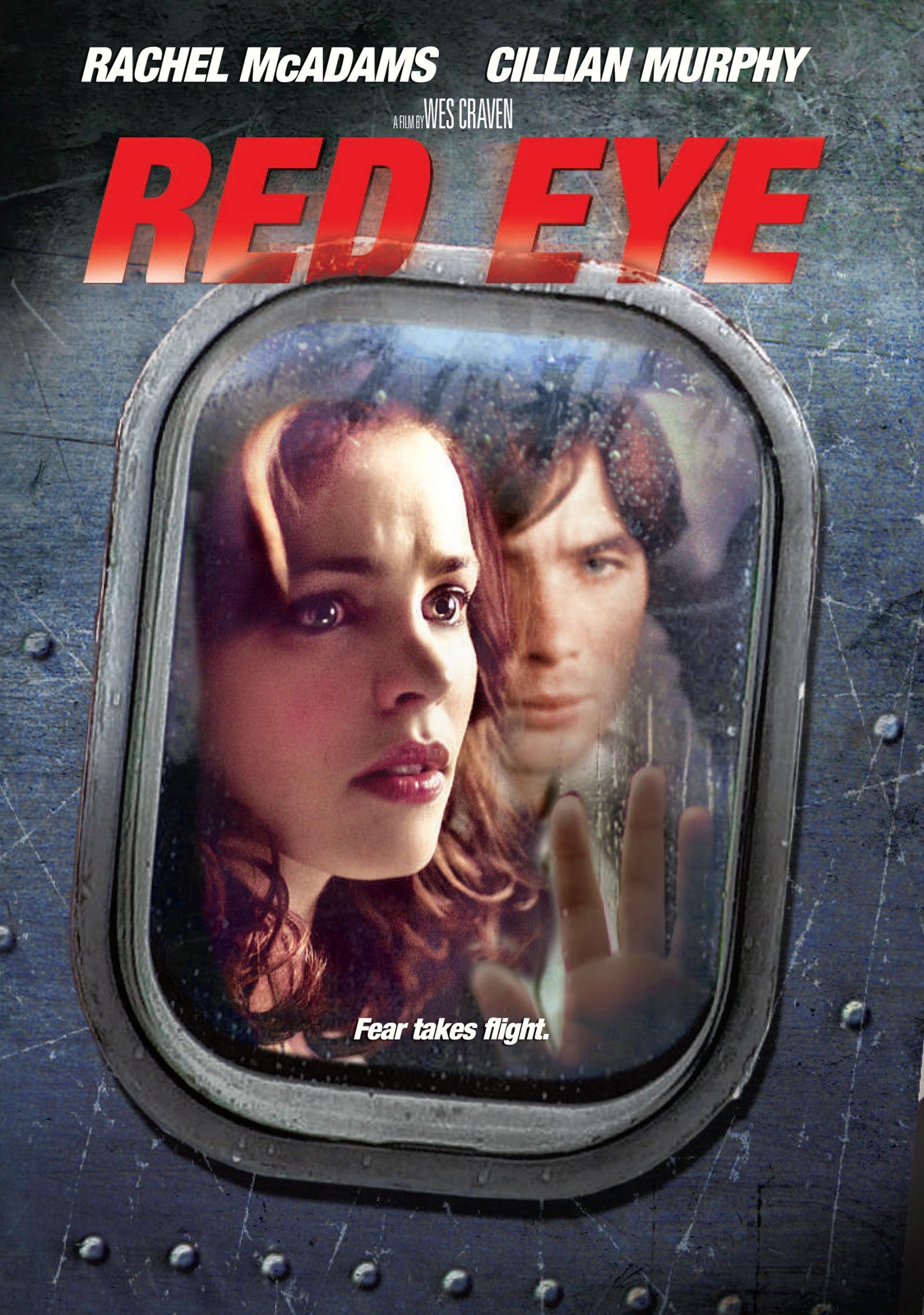

The darkness also causes the pupils to become dilated and increases the chances of a red-eye effect. When the environment is dark, there’s a higher likelihood of red-eye occurring. Looking away from the digital or smartphone camera decreases the likelihood of red eyes in your pictures.

Doing this prevents your eyes from catching the flash at a direct angle. When taking pictures at night or in low-light conditions, try to look slightly away from the lens. If you don’t want to have to deal with red eyes or wonder how to fix them, there’s a solution for you. Once you’re done editing the red eyes on your photo, save the edited images, and you can now share them with friends if you want.

iPhone has an in-built red-eye correction tool, and below are the steps on how you can use it. However, there are unique times it happens, and this article explores how to fix it. When you use an iPhone to capture an image in low light conditions, it rarely causes the red-eye effect. One of the features it comes with is the elimination of red-eye in photos. IPhones are continually being upgraded to provide users with more features to make the smartphone even more enjoyable. Solution 1: Use an iPhone’s Built-In Editing Tool We also cover solutions you can explore when you’re using a smartphone. If you’re using a digital camera, this article still covers some of the best solutions for you. Below is a list of valuable solutions to remove red-eye from your photos. Thanks to technological advancements, getting rid of red eyes in photos is simple. Keep reading to discover the answer to that. Since it’s clear why red eyes occur in photos, the next question becomes how to fix it. When there’s little to no light around to shoot pictures. Your subject looks directly at the camera and, therefore, the flash.


 0 kommentar(er)
0 kommentar(er)
